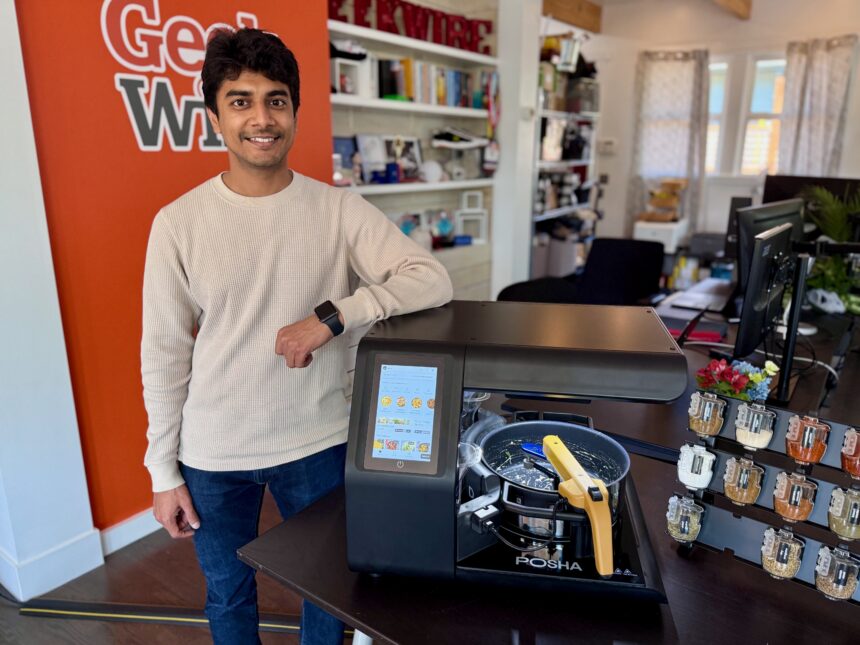The joy of cooking may mean different things to different people in the kitchen, whether it stems from the process of actually making a meal or is related more to simply filling your belly.
When it comes to the work part of that equation, a robotic countertop device from a startup out of San Francisco skews toward taking full control. It leaves some of the meal prep to human hands, but it takes over the duty of actually mixing, monitoring and cookIng a dish to completion.
And while automation may be a celebrated time-saver for lots of people, we were left a bit hungry for the distraction that cooking provides at the end of the day.
Posha stopped by GeekWire this week for a lunchtime demo and taste test in which co-founder and CEO Raghav Gupta discussed the inspiration behind his $1,500 high-tech appliance. Previously available only in the Bay Area, Posha will start shipping to customers in Seattle and other West Coast cities this fall.
“Posha is catered toward people who cook regularly, anywhere between two and six times a week,” Gupta said. “These are people who want to feed their families fresh meals but not want to spend a ton of time in the kitchen.”
By Gupta’s estimation, a home cook who normally spends an hour a day prepping and cooking a meal can cut that time to 10 minutes with Posha because all they’re left to do is select a recipe and assemble ingredients. The robot chef takes care of the rest — adding ingredients to its pot at the correct time, regulating heat, stirring the food.
About the size of a large microwave, the device relies on a top-mounted camera above the cooking service and computer vision software that knows what ingredients should be in the dish when and what they should look like as they cook.
With spaghetti alfredo with mushrooms selected from Posha’s onboard digital library of recipes, we watched Posha’s Alberto Frigerio prep a few ingredients — pasta, garlic, butter, milk, cream, olives, parsley, etc. — and place them into containers ringing the machine’s induction cooktop. Oil and water were added to compartments at the bottom of the device, and necessary spice capsules were loaded into a pull-out drawer above the pot.
All that was left for Frigerio was to hit start.
“As soon as you put these ingredients in, you can go take a shower, you can go for a run, you can take the dog out for a walk, you can go to the gym, come back, and your food will be ready and warm,” Gupta said.
Gupta is a big believer in maximizing time for busy working families. He believes Posha’s ideal customers are dual- income households with or without kids who want to feed fresh meals to their families but struggle to find time every single day to cook.
It was a personal problem worth solving when Gupta started Posha in 2017.
“I grew up in a household where love was expressed through home-cooked meals,” he said. “But I struggled to find the time to cook these things every single day once I moved out of the house. I saw people in my family who ended up sacrificing their professional careers to provide fresh food to their families, and people who had chosen not to eat healthy because their careers were too important.”
The Posha robot is not cheap. But Gupta contends it’s less costly than dining out regularly and a better investment than home-delivered meal kits from HelloFresh and others.
“I’m betting that people will put in less effort than they do in a meal kit, spend less money than they spend in a meal kit, and get a higher quality output,” he said.
Posha can’t flip a pancake or a steak, but it can make pastas, stews, stir fries, rice bowls, curries, noodles, egg scrambles, roasted potatoes and more. It can also do complex recipes, like Pad Thai, ramen, paneer, tikka masala, butter chicken and more.
The startup has a team of chefs who come up with new recipes, which are modified so they can be cooked by Posha, which has only four ingredient containers and six spice pods.
The robot can customize dishes by asking if you want extra salt and so forth. If you leave the kitchen you can track progress with an app that shows a live feed of what’s being cooked. A microprocessor running tons of computer vision models on the device makes sure the food is made correctly.
Gupta referenced celebrity chef Jamie Oliver’s “one-pan” technique for the spaghetti that Posha whipped up for GeekWire — with pasta that wasn’t boiled on the side but rather cooked with the rest of the ingredients.
After about a half-hour of cooking we shared a few bites of the alfredo with mushrooms, and Posha passed the robot-made taste test. The cream sauce was nicely seasoned, the pasta was done right, the mushrooms and garlic and olives all tasted great. It wasn’t an immensely inspiring dish, but something that satisfied Gupta’s intention of providing a solid meal without a lot of effort.
I couldn’t help but feel a little cheated by the lack of effort it took to create the meal. Part of my appreciation for eating a home-cooked meal comes from the satisfaction in knowing that I made it all happen from start to finish. Chopping ingredients, adding them to containers and then walking away doesn’t cut if you’re intent on happily stirring and tasting a meal like an accomplished human along the way.
My colleague Taylor Soper enjoys cooking, but wouldn’t mind letting a robot do the job. His main critique of Posha was that it still left a lot of work to the human — gathering ingredients, chopping veggies, etc. — while taking up substantial space on a countertop. He said he didn’t see much difference between Posha and, say, an Instant Pot — a much smaller and cheaper alternative
Posha will join a countertop that’s becoming increasingly crowded with other “smart” devices trying to make life simpler in the kitchen. Until now, the use of robot technology is predominantly focused on commercial enterprises where companies such as Seattle-based pizza-machine maker Picnic are focused on using automation to improve workflow and quality.
Posha, which employs about 50 people, recently raised an $8 million Series A round led by Accel. The company has raised about $16 million to date.
Keep scrolling for more photos from the GeekWire’s Posha experience:
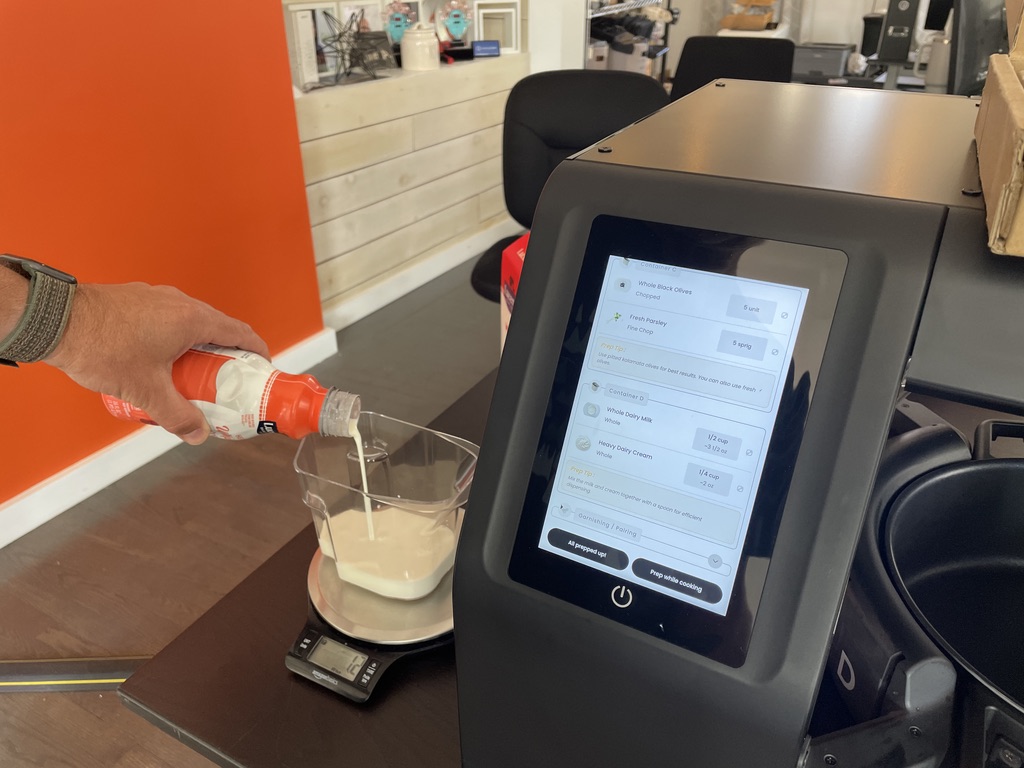
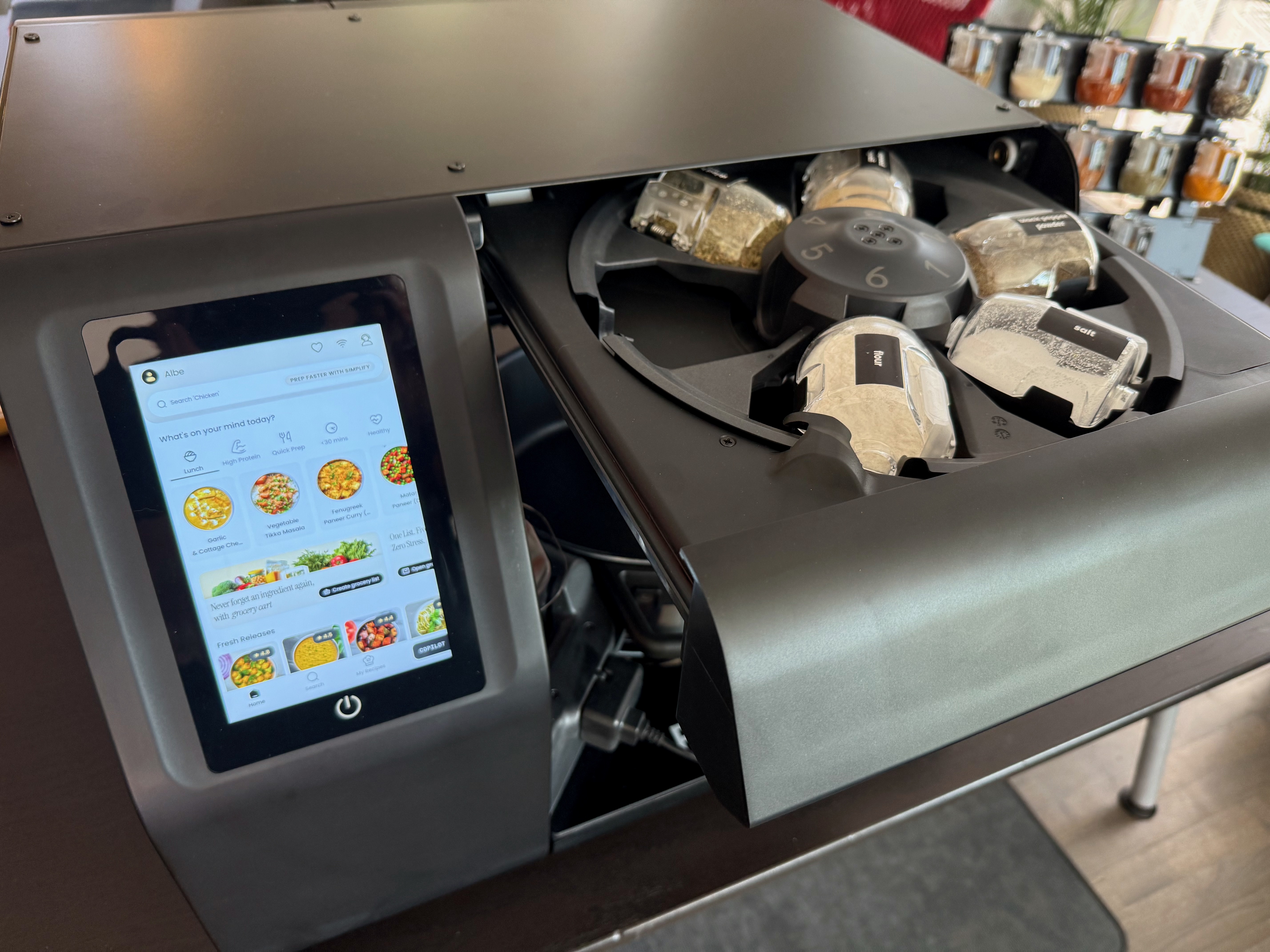
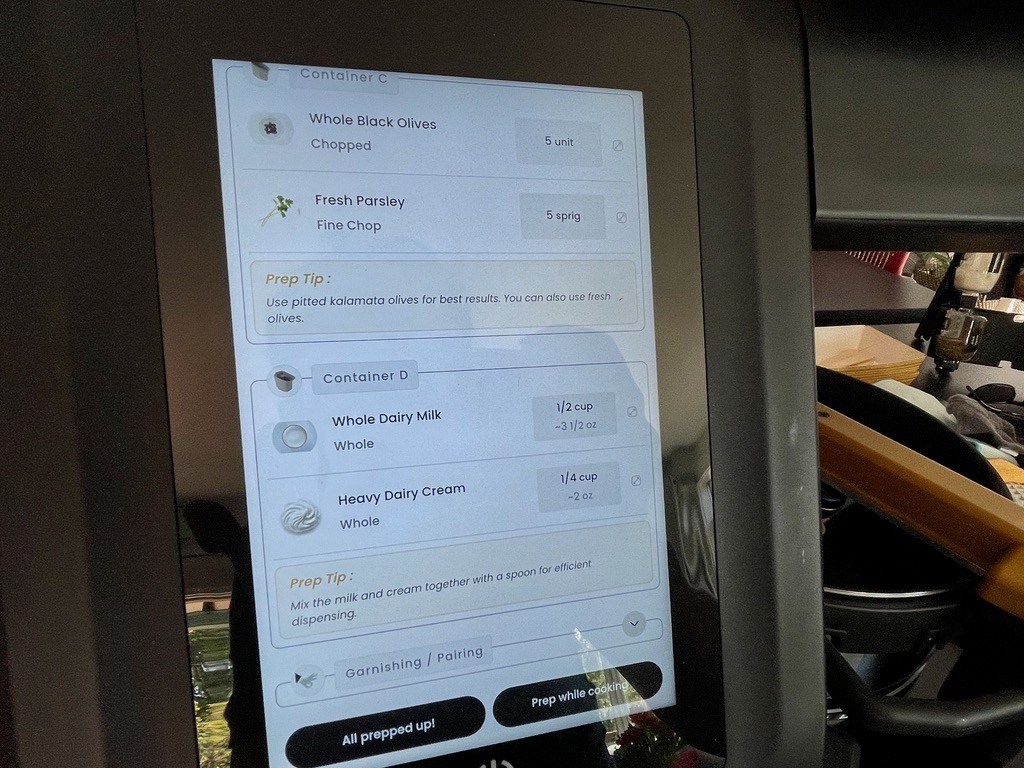
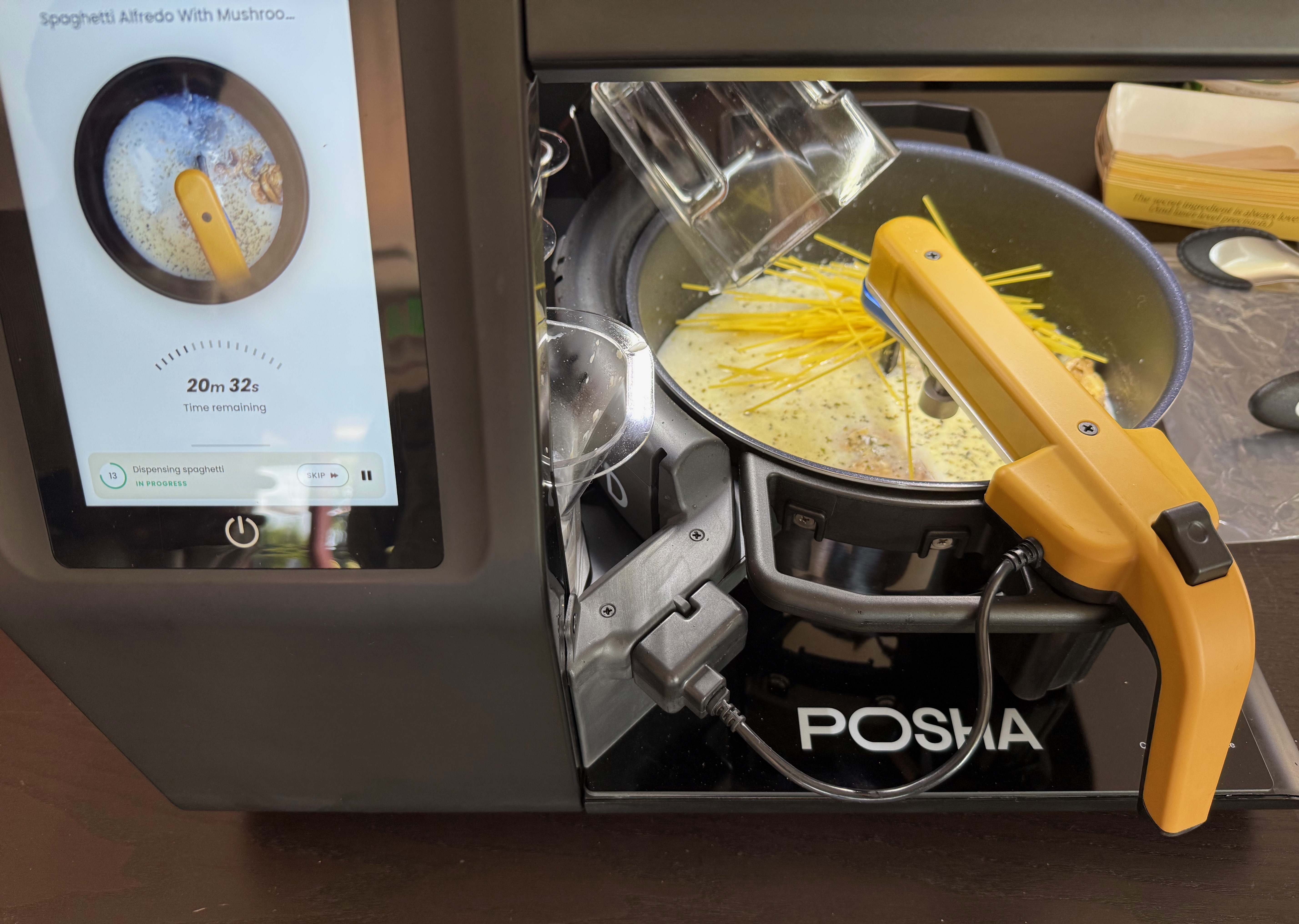
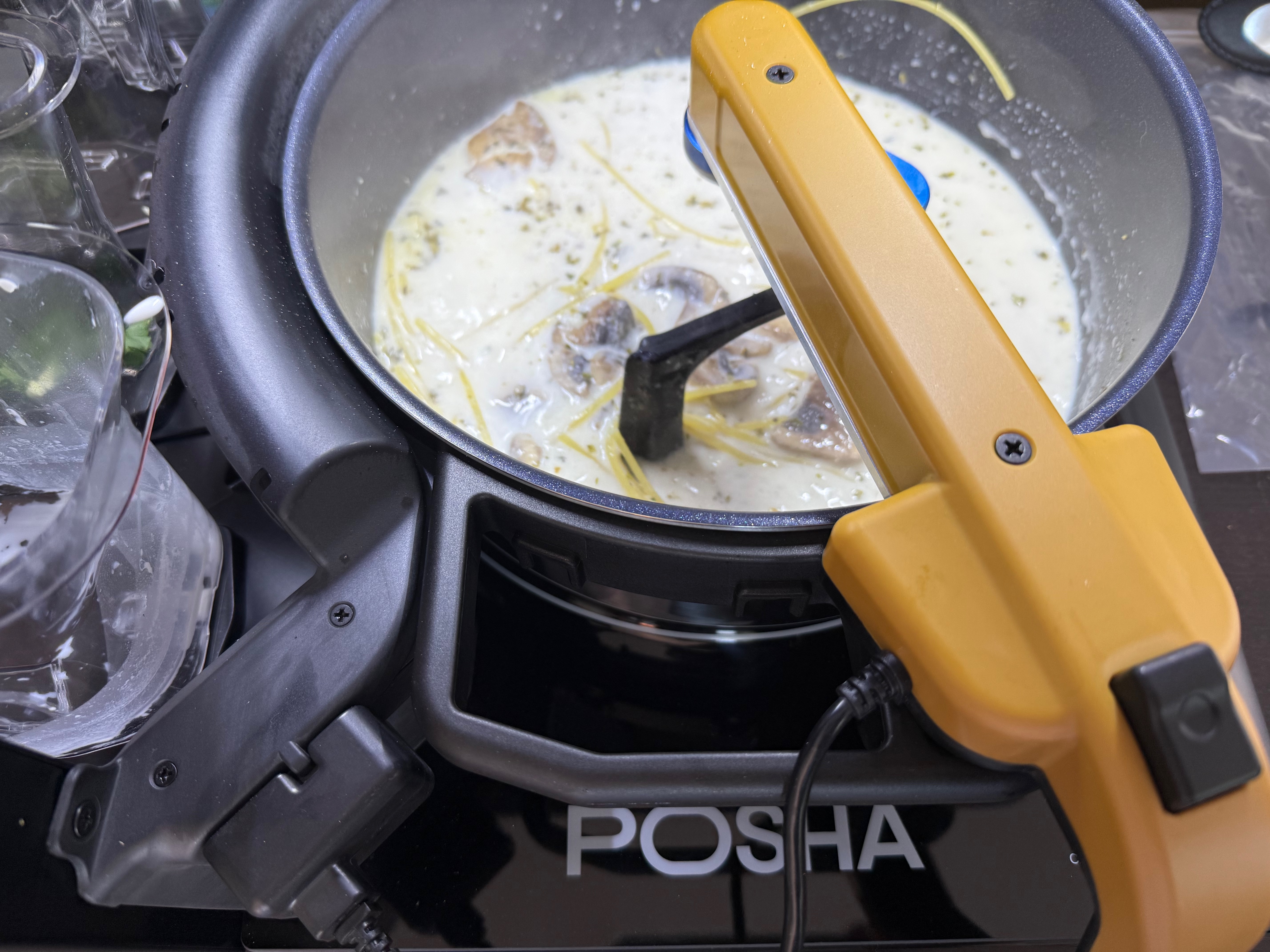
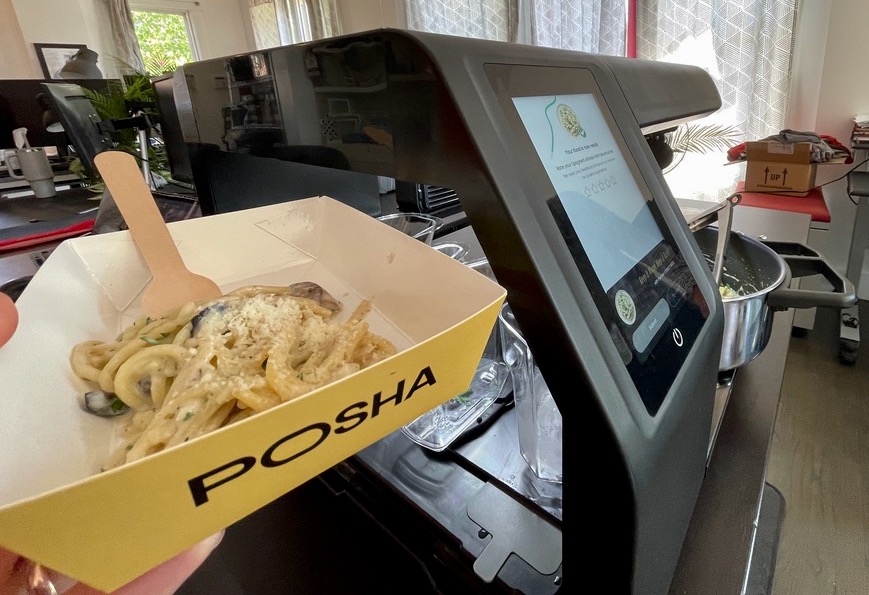
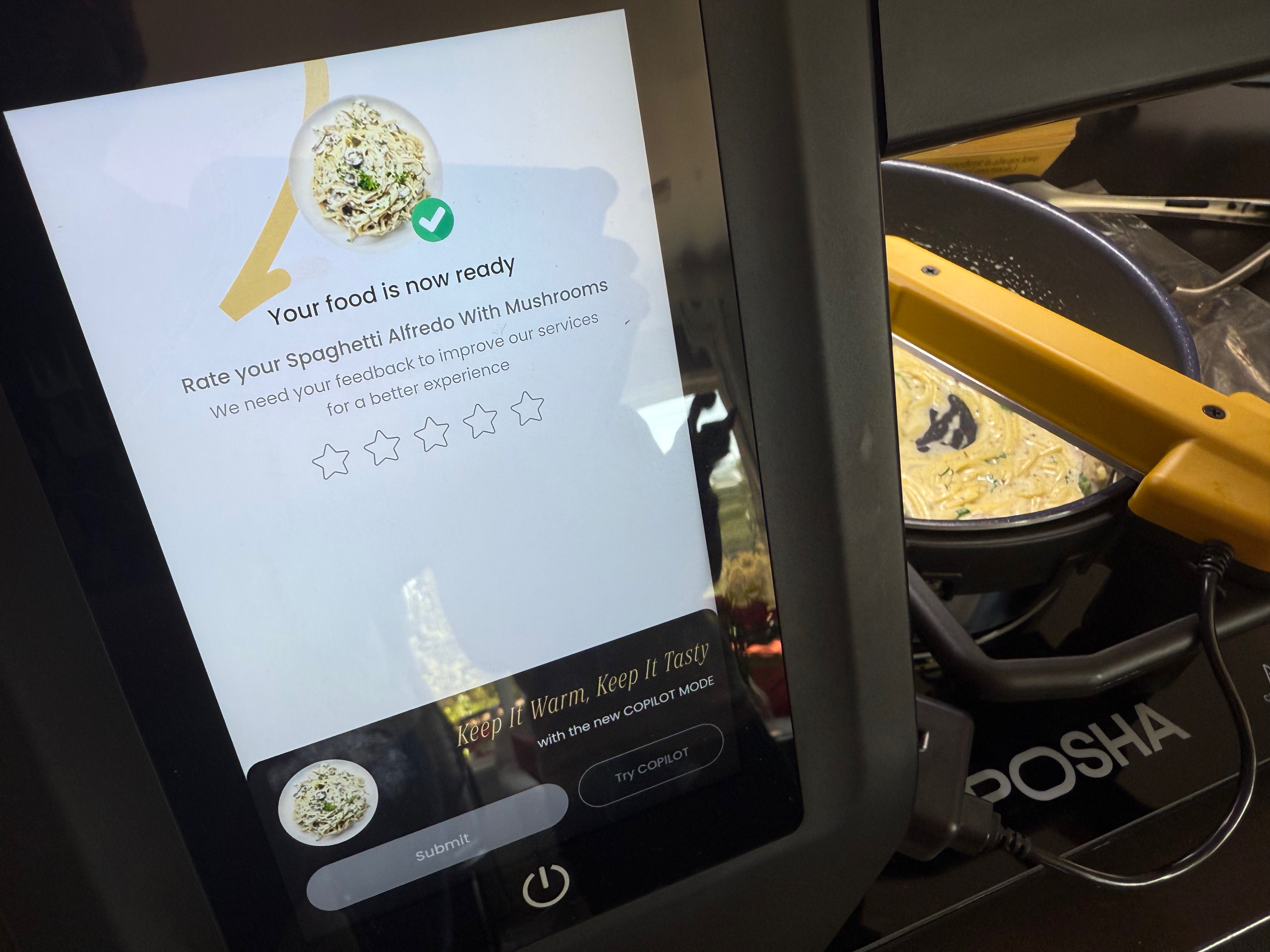
Read the full article here



